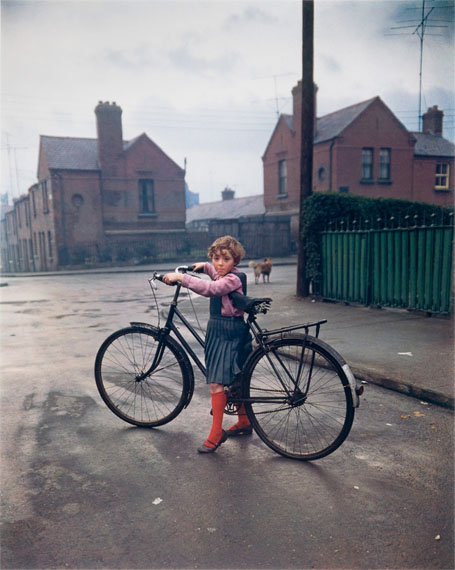
Dye Transfer, 41,6 x 33,5 cm
© Evelyn Hofer, Estate Evelyn Hofer
Evelyn Hofer »
CITIES, INTERIORS, STILL LIFES
Exhibition: 5 Dec 2017 – 3 Feb 2018
Sat 2 Dec 13:00 - 18:00

Galerie Springer Berlin
Fasanenstr. 13
10623 Berlin
+49 (0)30-3157220
office@galeriespringer.de
www.galeriespringer.de
Tue-Fri 12-18, Sa 12-15 +
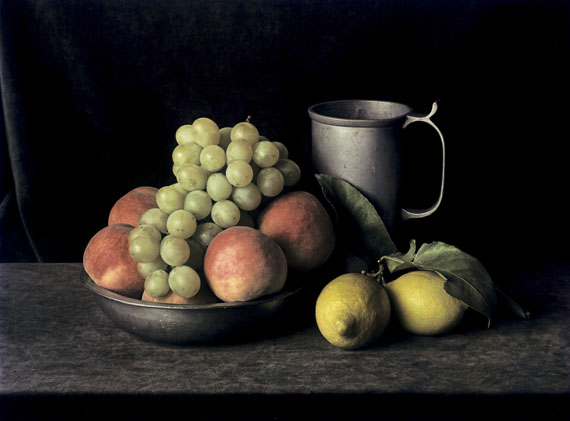
(Still Life No. 7), New York, 1997
Dye Transfer, 40,2 x 54 cm © Evelyn Hofer, Estate Evelyn Hofer
Evelyn Hofer
CITIES, INTERIORS, STILL LIFES
Exhibiton: 5 December, 2017 – 3 February, 2018
Opening: 2 December, 1 – 6 p.m.
For the first time Galerie Springer Berlin presents the works of Evelyn Hofer. Her photographs cover a wide spectrum of subjects and genres. She has distinguished herself as a photographer of architecture, interiors, landscapes, but she is also known for her sensitive still lifes and portraits. The exhibition will present works from different cycles of her career.
Evelyn Hofer worked as a photographer starting in the mid-1940s. Her work is inextricably bound up with the books she illustrated in the late 1950s and 1960s for acclaimed authors such as Mary McCarthy and V.S. Pritchett. Her work in those years unforgettably evokes the atmosphere of places like Florence, London, Spain, New York, Washington and Dublin. In 1986, Evelyn Hofer took a similar approach in her series, Emerson in Italy. Her photographs are also well-known from their appearance in such magazines as Life, London Times Magazine and New York Times Magazine. And yet, she is still "the most famous 'unknown' photographer in America."
Evelyn Hofer was uncompromising in her commitment to honesty and directness in her pictures and exhibited a deep empathy and understanding that allowed her to bring out the innate beauty in her subjects. She seemed to have an intuitive talent for getting to the essence of each object or person she photographed. One senses that she took plenty of time to get to know her subject before taking up her camera. She needed time to arrive at where she wanted to be, to become part of what she was trying to capture or to generate a certain intimacy with her subject. This meant for her - and through her photographs, for us, as well - apprehending the underlying nature of her subject. Until she discovered just what that was, she was not ready to take the picture. Creating a personal connection was her basic prerequisite for any photograph. Recording the essential and unchanging was her goal.
Evelyn Hofer was never one to follow the latest artistic trends. Her work is more classic than avant-garde, although her pictures are undoubtedly characteristic witnesses of their times. She had a finely tuned eye for proportion, form, color and light. Her compositions are subtle and well thought-out. And since she had a brilliant grasp of the technical side of the medium, she had no need for special effects. For her, the technology was merely the means to an end--achieving just the picture she wanted. Her work is not suffused with the explanatory, investigative drive of documentary photography. She was not out to astound or surprise her viewers. This is all the more remarkable when one appreciates the unconditional accuracy of her perception and her attention to the most minute details. However,a portrait by Evelyn Hofer, for example, never has the effect of unmasking or laying bare her sitter. Even as she subjects the sitter to her unstinting gaze and renders details with painstaking clarity, her appraisal is tempered with a warm-hearted sympathy that one can sense in the final photograph. She was the one who once advised photographers to choose an extremely long exposure time for portraits in order to allow for more of the subject's personality to come through in the picture.
About Evelyn Hofer (1922-2009): Born in Marburg (an der Lahn), Germany. Her family emigrated to Switzerland and moved to Mexico in 1942. In 1947, Evelyn Hofer moved to New York. She pursued her education in photography during her short stay in Switzerland: she apprenticed at the Studio Bettina in Zurich and studied under Robert Spreng in Basel. Additionally, she took private classes with Professor Hans Finsler at the Zurich School of Photography. However, it was in New York where her career as a freelance photographer began. She obtained her first commissions in the field of fashion photography from Harper’s Bazaar through the efforts of painter Richard Lindner and Alexey Brodovitch in the early ‘50s.�

Dye Transfer, 34 x 42 cm
© Evelyn Hofer, Estate Evelyn Hofer
Evelyn Hofer
"CITIES, INTERIORS, STILL LIFES"
Ausstellung: 5. Dezember 2017 bis 2. Februar 2018
Vernissage: Samstag, 2. Dezember, 13-18 Uhr
Zum ersten Mal präsentiert die Galerie Springer Berlin die Fotografien Evelyn Hofer. Ihr Werk ist unvergesslich verbunden mit den Büchern über Florenz, London und Spanien, sowie New York, Washington und Dublin. Als Fotografin von Architektur, Interieurs, Landschaften, aber auch von Stillleben und Porträts hat sie sich gleichermaßen ausgezeichnet. Die Ausstellung zeigt ausgesuchte Arbeiten aus den verschiedenen Werkreihen.
Evelyn Hofer ist seit Mitte der vierziger Jahre als Fotografin tätig. Ihr Werk ist unvergesslich verbunden mit den Büchern über Florenz, London und Spanien, sowie New York, Washington und Dubon, die sie mit Schriftstellern wie Mary McCarthy und V.S. Pritchett in den späten fünfziger und in den sechziger Jahren in renommierten Verlagen publiziert hat. 1986 entstand in ähnlicher Weise die Serie Emerson in Italy. Zudem sind ihre Fotografien durch Magazinbeiträge z.B. für Life, das London Times Magazine und das New York Times Magazine bekannt. Und doch ist sie die "berühmteste 'unbekannte' Fotografin Amerikas".
Das fotografische Werk Evelyn Hofers ist vielfältig. Als Fotografin von Architektur, Interieurs, Landschaft, aber auch von Stillleben und Porträts hat sie sich gleichermaßen ausgezeichnet. In kompromissloser Weise und mit großem Einfühlungsvermögen ist sie dabei Ehlichkeit, Direktheit und vor allem Schönheit verpflichtet. Ihr Zugang zum Gegenstand oder zur Person ist intuitiv. Es ist zu spüren, dass sie sich Zeit nimmt, bevor sie zur Kamera greift. Zeit zu haben, ist ihr wichtig. Das heißt für sie anzukommen, Teil zu werden oder Nähe herzustellen. Es bedeutet für sie - und durch ihre Fotografien auch für uns -, das Wesentliche zu erfassen. Bevor dies nicht geschehen ist, kann auch die Kamera nicht zum Einsatz kommen. Den persönlichen Bezug herzustellen bildet die Grundvoraussetzung eines Bildes für sie. Wesentliches, Essentielles im Bild festzuhalten ist ihr Ziel. Evelyn Hofer ist dabei nie modischen Zeitströmungen gefolgt. Ihr Werk ist eher klassisch denn avantgardistisch zu nennen, gleichwohl sind ihre Bilder überaus charakteristische Zeitzeugen. Dabei ist ihr Blick für Proportionen, Formen, Farben und Licht präzise und klar. Ihre Kompositionen sind subtil und durchdacht. Und da sie eine technisch brillante Fotografin ist, benötigt sie keine Effekte, ist für sie die Technik immer nur Mittel zum Zweck - eben zum Bild.
Ihrem Werk ist nicht das Aufklärende, der entdeckende Wille von Dokumentarfotografie eigen. Sie will nicht verblüffen oder überraschen. Das erstaunt bei ihrer unbedingten Fähigkeit zur Genauigkeit in der Wahrnehmung und Wiedergabe auch kleinster Details. Nie wirkt ein Porträt Evelyn Hofers entlarvend. Ihr Blick auf den Porträtierten ist nicht nur wach, klar und präzis, sondern auch warmherzig. Von ihr stammt der Ratschlag, für ein Porträt immer eine sehr lange Belichtungszeit zu wählen, denn so bekommt man mehr von der Persönlichkeit des Fotografierten ins Bild.
Geboren in Marburg, emigrierte Evelyn Hofer (1922-2009) 1933 mit Ihrer Familie in die Schweiz und anschließend nach Spanien. 1942 erfolgt der Umzug nach Mexico, ab dem Jahr 1946 lebt die Fotografin in New York. Ihre fotografische Ausbildung absolviert Evelyn Hofer während ihres kurzen Aufenthalts in der Schweiz. Sie geht beim Fotostudio Bettina in Zürich in die Lehre und lernt bei Robert Spreng in Basel. Zusätzlich nimmt sie Privatunterricht bei Professor Hans Finsler an der Fotografieschule Zürich. Ihre Karriere als freischaffende Fotografin startet sie 1947 in New York. Erste Aufträge im Bereich Modefotografie erhält sie durch den Maler Richard Lindner und Alexey Brodovitch Anfang der 50er Jahre für die Zeitschrift Harper’s Bazaar.
�
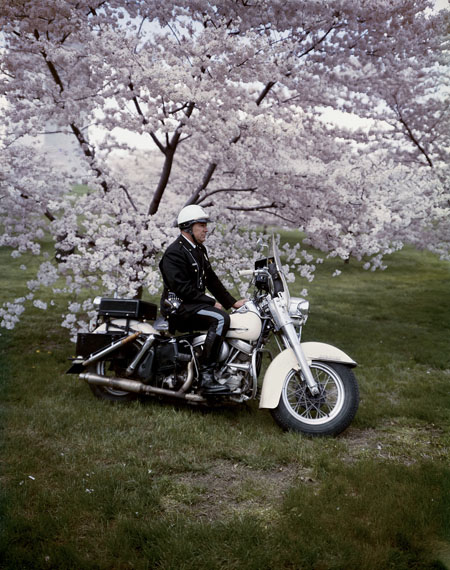
Dye Transfer, 42,5 x 34,1 cm
© Evelyn Hofer, Estate Evelyn Hofer
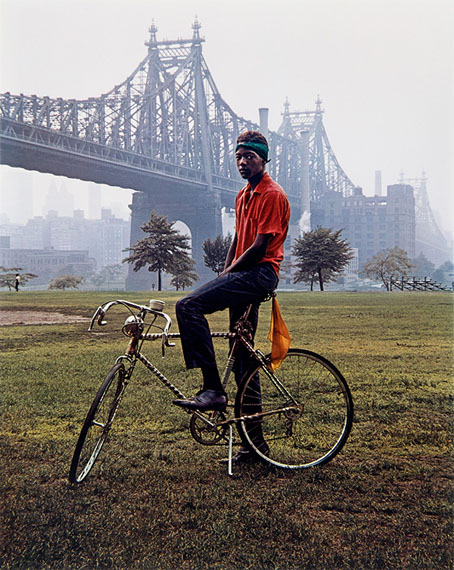
Dye Transfer, 42,5 x 33,5 cm
© Evelyn Hofer, Estate Evelyn Hofer
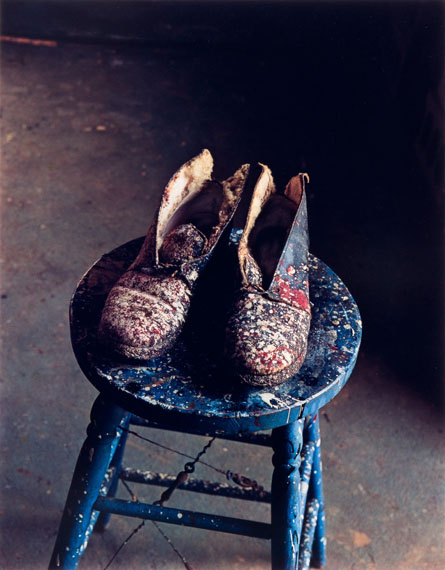
© Evelyn Hofer, Estate Evelyn Hofer
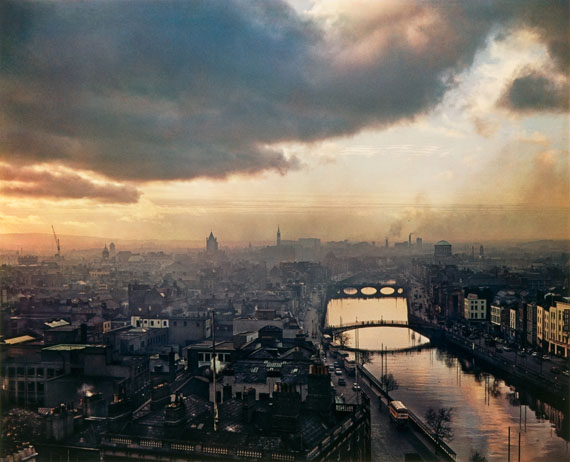
© Evelyn Hofer, Estate Evelyn Hofer
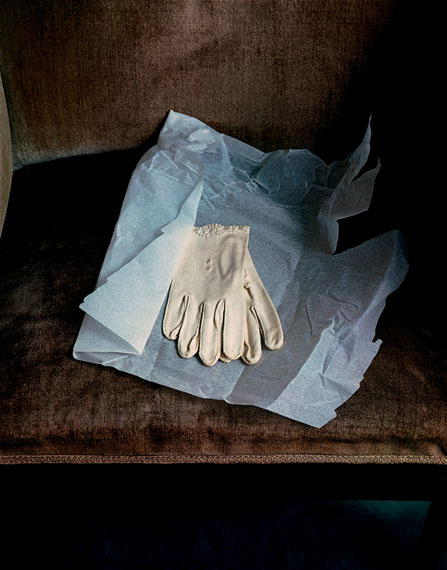
© Evelyn Hofer, Estate Evelyn Hofer